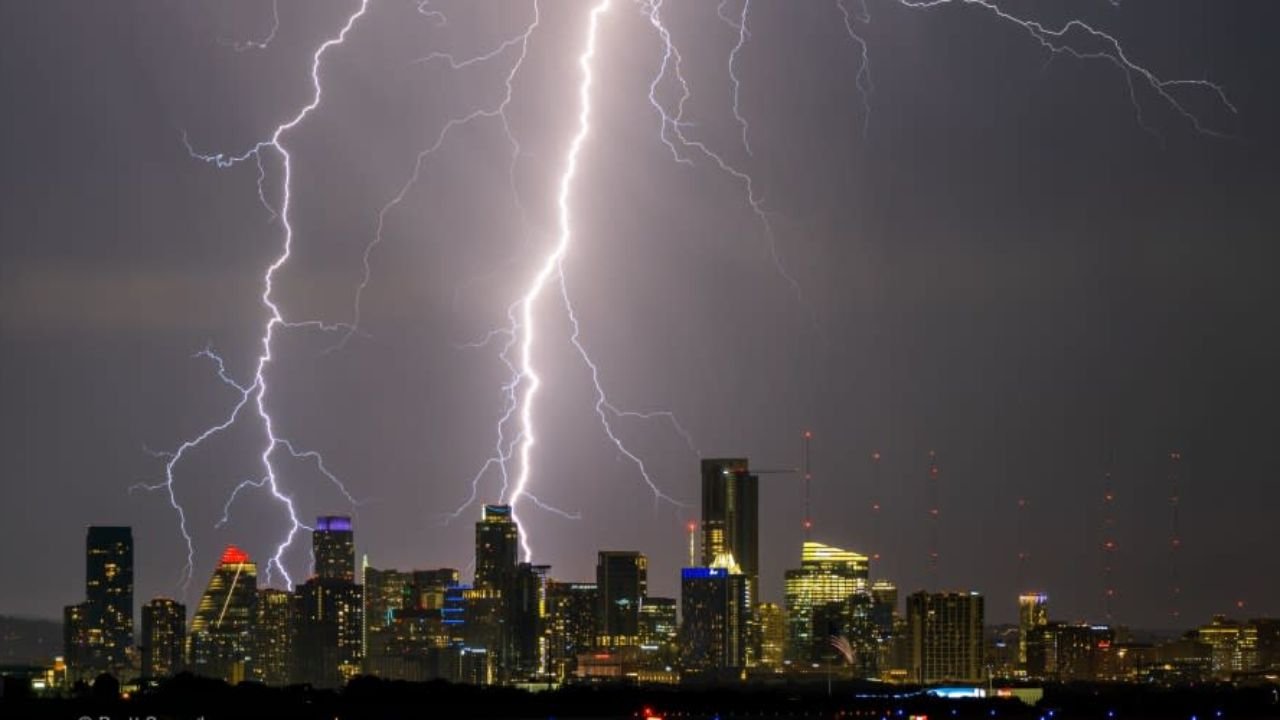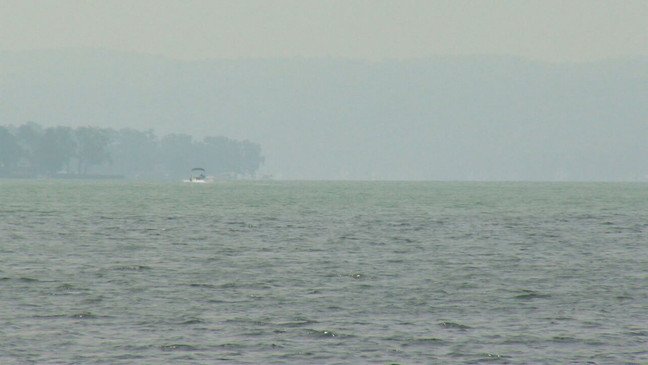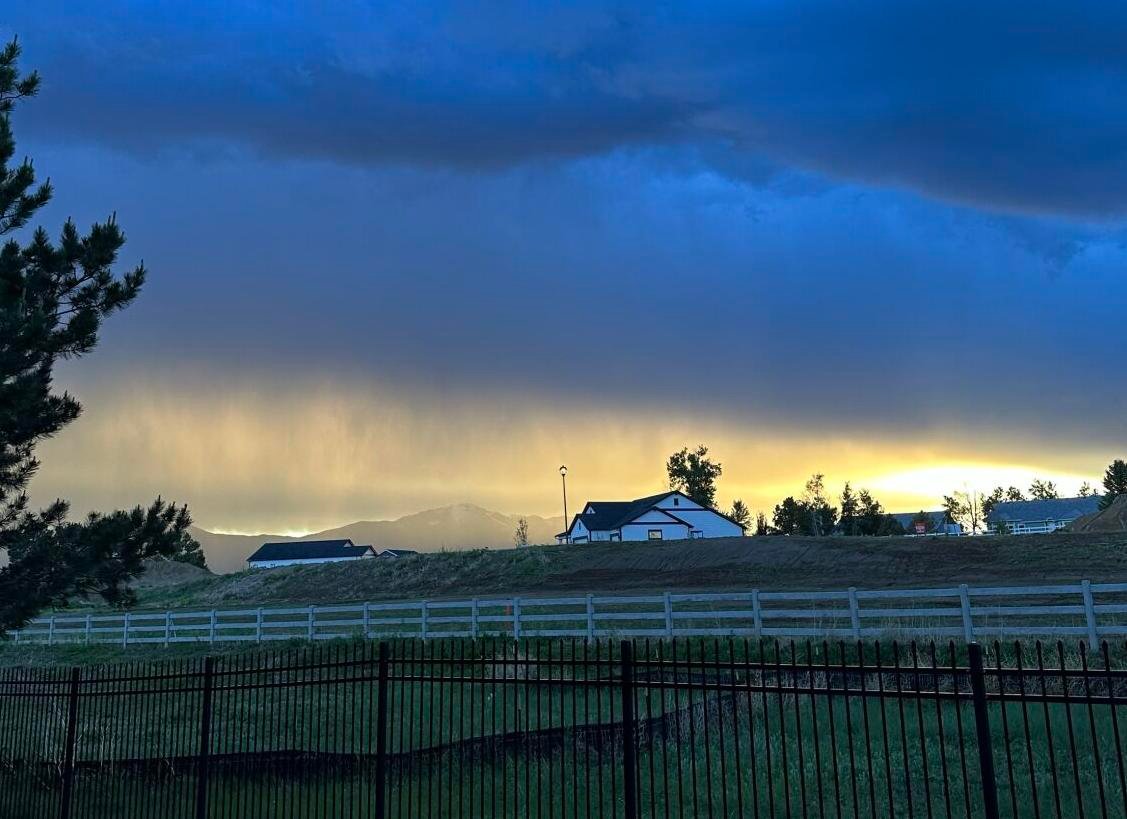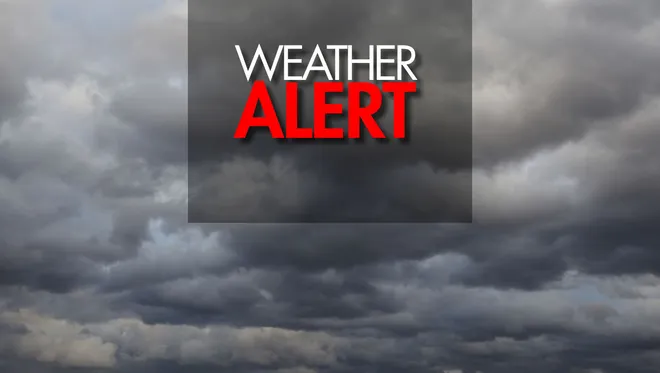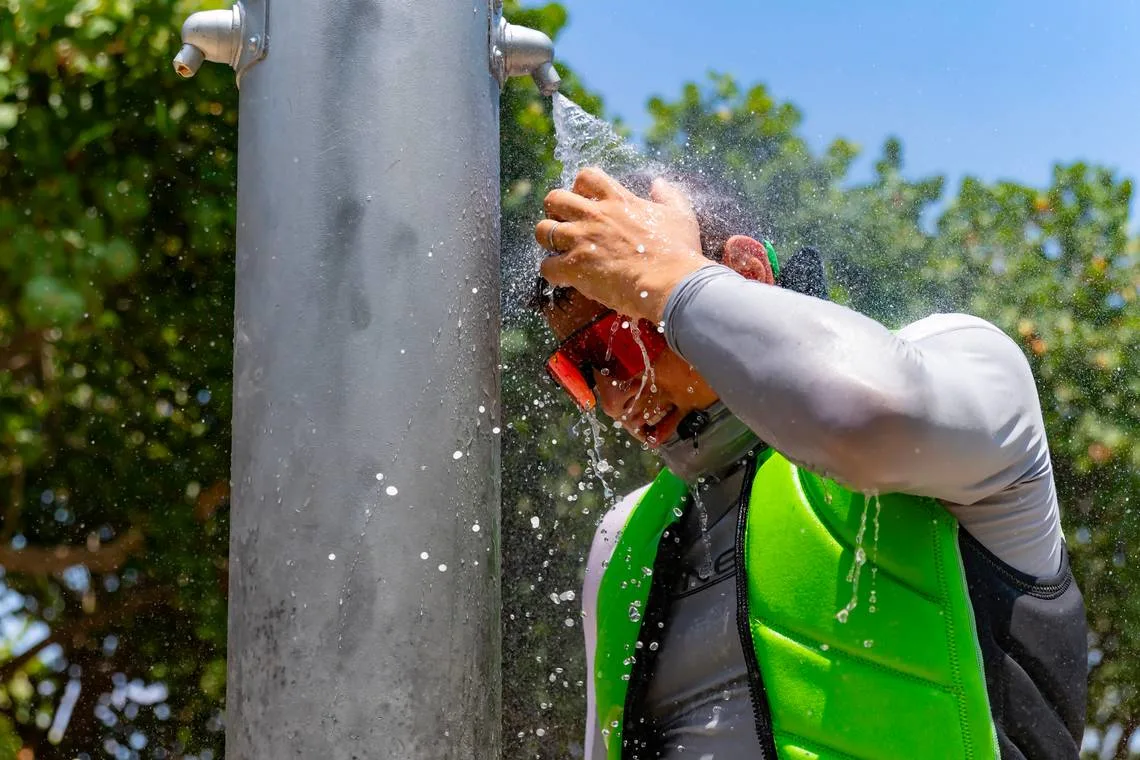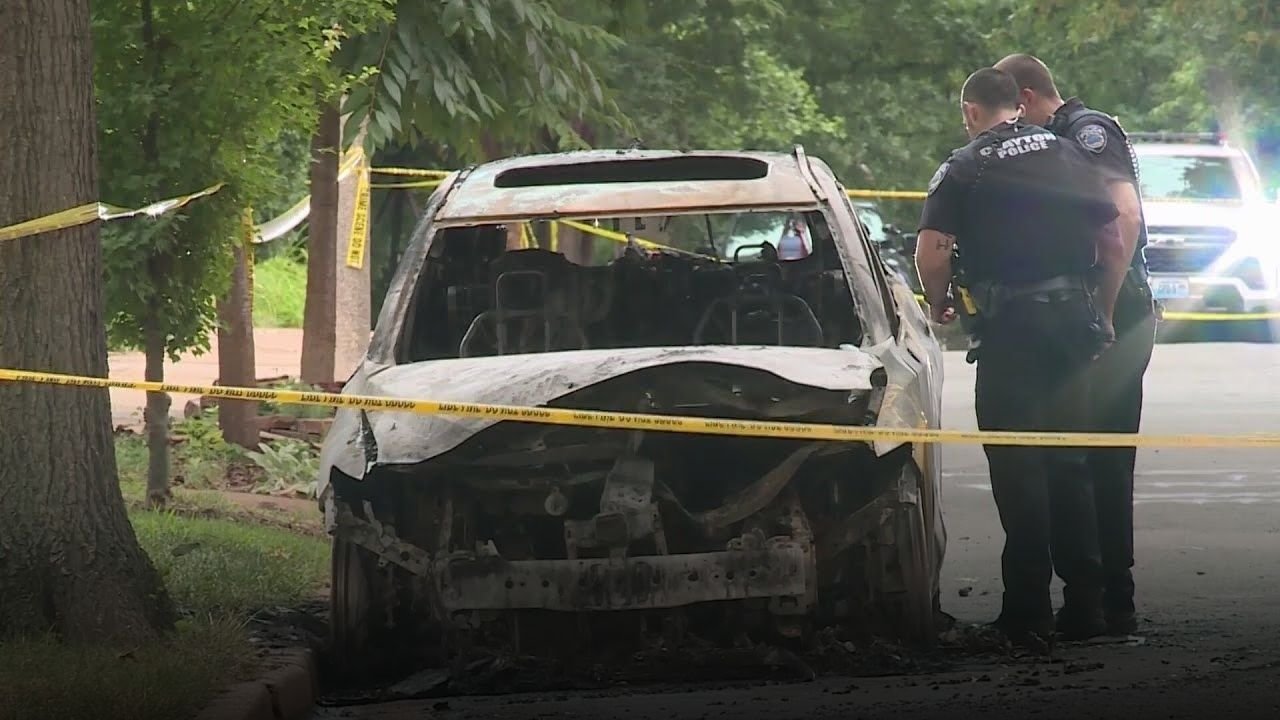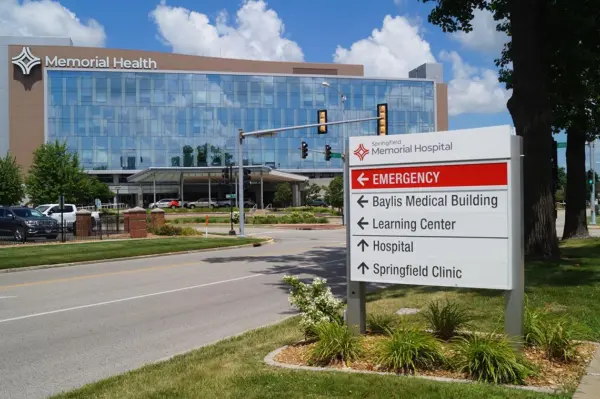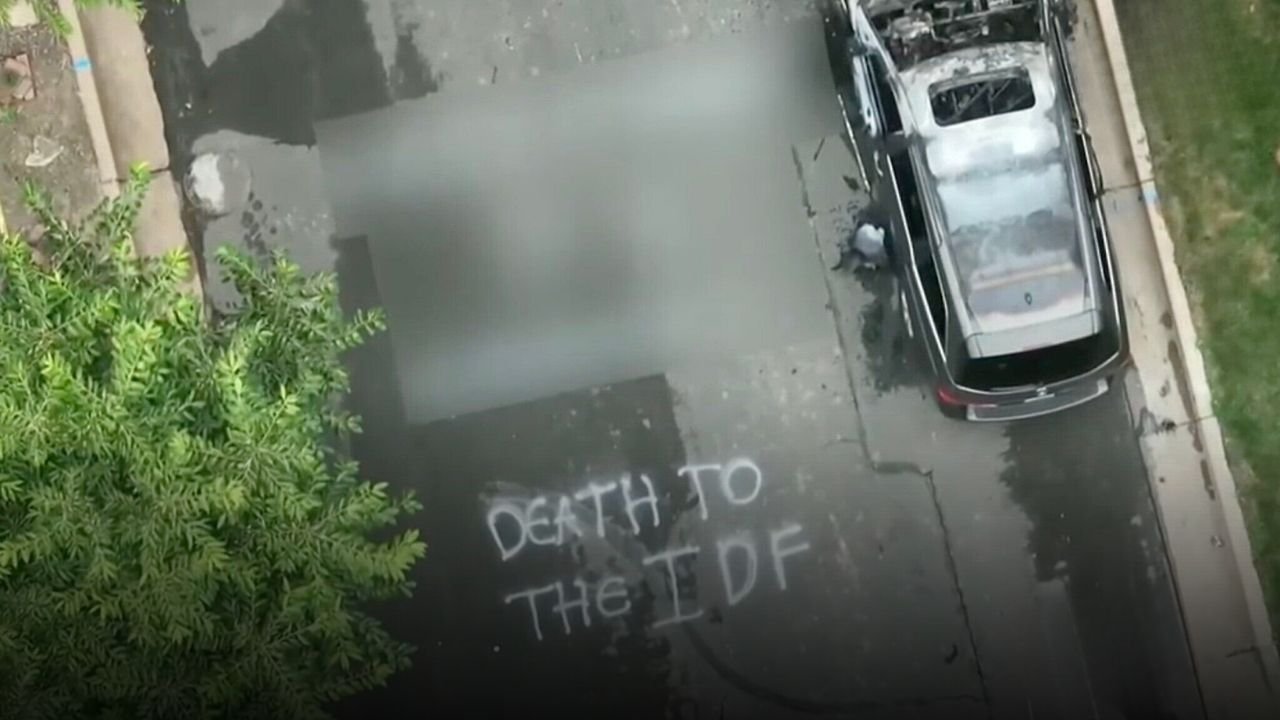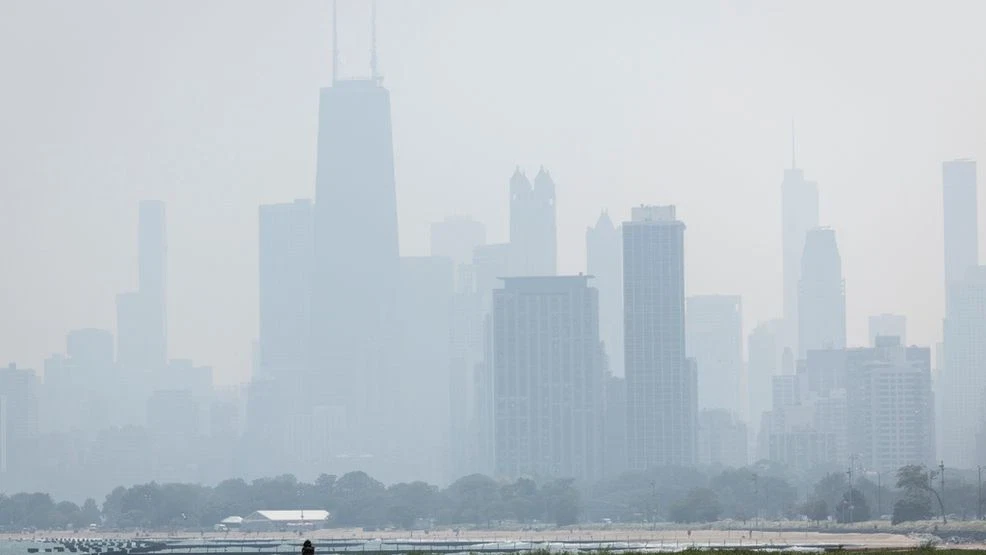CHICAGO — As Chicagoans head back to beaches, festivals, and farmers markets, forecasters are urging caution. According to meteorologist David Yeomans with CBS News Chicago, summer 2025 may not just be hot — it could be significantly more dangerous than usual.
This year’s forecast points to a higher-than-average risk of severe thunderstorms, damaging winds, and tornadoes across Illinois and the greater Chicago area.
Derechos and Tornadoes: The Dual Threat Facing Illinois
Derechos — powerful, long-lived windstorms spawned by organized thunderstorms — pose a major risk this summer. These events must stretch at least 240 miles and produce winds over 58 mph, and they now strike Illinois about once per year, placing our state among the nation’s most vulnerable.
In addition, Illinois has become a hotbed for tornado activity. According to the National Weather Service in Romeoville, the state recorded:
-
58 tornadoes in 2023
-
63 tornadoes in 2024 — nearly triple the typical 15–20 annual average
A warming climate may be fueling the trend. The central U.S. has seen a fivefold increase in the area affected by damaging thunderstorm winds over the last four decades, per research cited by the National Science Foundation.
What the Climate Models Say
While both El Niño and La Niña cycles are neutral heading into the summer, which typically signals average storm activity, another pattern — the Pacific-North America Pattern (PNA) — is in a negative phase, which historically aligns with more severe tornado outbreaks in the Midwest.
Additionally, Chicago’s soils are much drier than average heading into summer. According to NOAA, this dryness leads to hotter daytime temperatures, especially in urban areas already suffering from the urban heat island effect.
CBS reports that 2024 was the hottest year on record for Chicago, and since 1990, average summer temperatures have risen 1.7°F. Winters are warming even faster.
The Environmental Impacts: Not Just Heat, But Health
Climate researchers and the EPA warn that rising heat and humidity could lead to:
-
Increased heat-related deaths
-
Worsening air quality
-
Longer pollen seasons and harsher allergy impacts
With higher humidity, severe weather events may also last longer and become more destructive. The Madden-Julian Oscillation (MJO) — another global weather influencer — remains neutral for now, offering no major short-term relief.
What This Means for Chicagoland Residents
If trends continue, summer 2025 could bring:
-
More frequent and larger thunderstorm systems
-
Intensified tornado activity
-
Dangerous heatwaves amplified by dry soil and climate shifts
Residents are urged to monitor daily forecasts, especially in June and July when derecho and tornado risks peak historically.
Do You Feel Climate Change in Your Summer?
Are you preparing differently for summer storms and heat than five years ago? Has your neighborhood seen more flooding or wind damage lately? Share your story in the comments at ChicagoSuburbanFamily.com.

